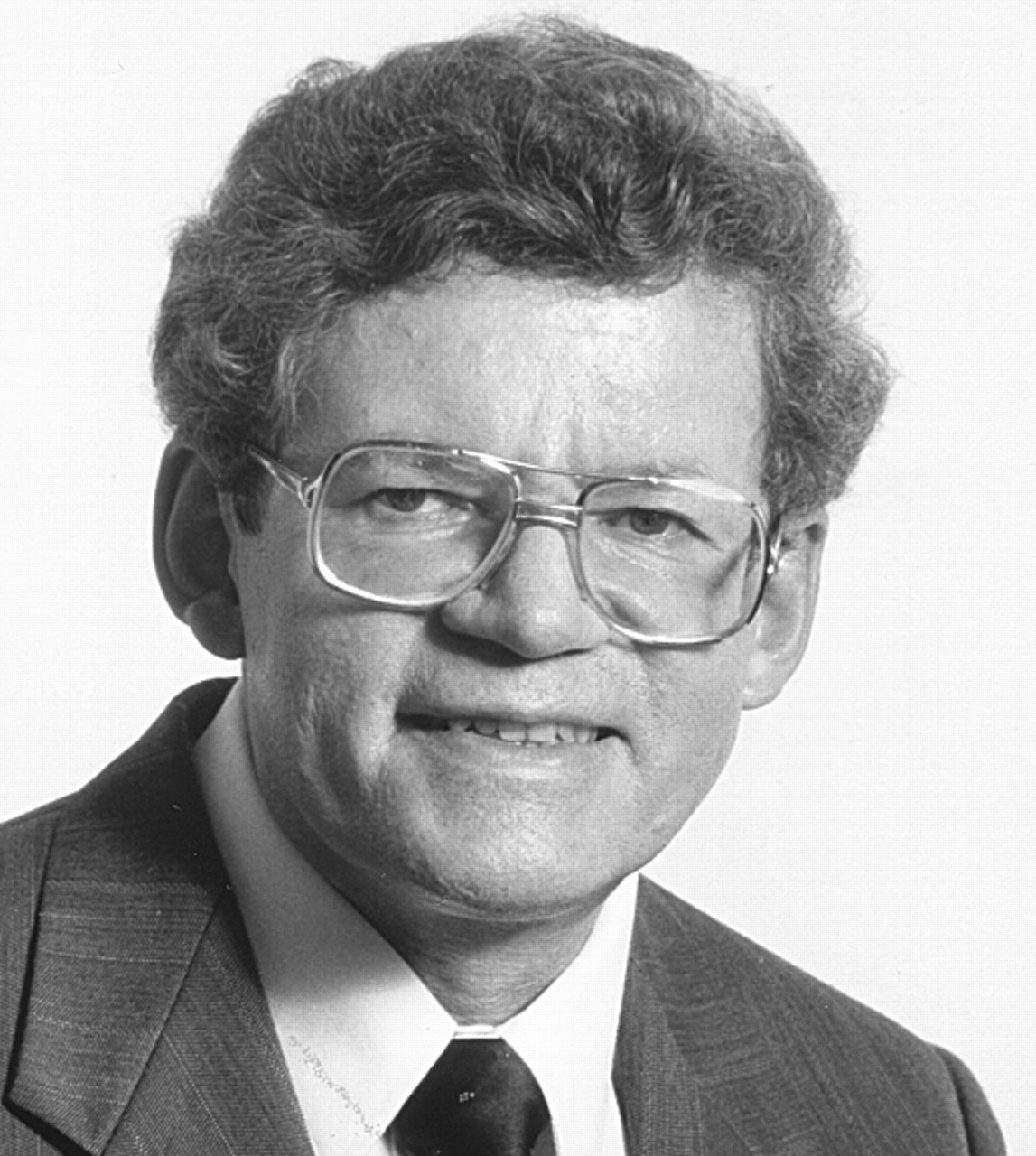The answer to the lack of access to psychiatric services in many parts of the country is simple: psychiatrists need to be in more than one place at one time.
And today “telepsychiatry”—the use of technology to facilitate psychiatric treatment and education across distances—could turn what once seemed like a whimsical fantasy into reality.
Telemedicine, of which telepsychiatry is a specialty, refers generally to the use of any kind of technology to facilitate the practice of medicine across distances—phone, fax, electronic record keeping, e-mail therapies, and use of the Internet to post educational material for patients. But the model that has the most far-reaching and transformative potential is the use of videoteleconferencing (VTC), allowing physicians and patients to see and talk to each other in remote sites using a video camera and television screen.
Experts say it promises to expand access to psychiatric care, especially in traditionally underserved areas and practice settings.
“I think it is the wave of the future,” said former APA president Rodrigo Muñoz, M.D. “Telemedicine makes it possible to interview someone who is miles away from you. It is a response to the maldistribution of physicians and psychiatrists, and it is an opportunity to explore the limits of the power of technology.”
Obstacles to telepsychiatry include resistance to technology on the part of both physicians and patients, limited reimbursement for telemedicine, and licensing issues around teleconferencing across state lines. Moreover, some psychiatrists acknowledge that elements of a face-to-face communication can be lost when the patient and psychiatrist interact via a television screen.
But there is no doubt that the use of VTC to expand psychiatric practice and education across distances is growing. Large telepsychiatry programs have been established in Kansas, Oklahoma, Arizona, Montana, and North Carolina, among other states. Internationally, Australia, Sweden, Norway, and Canada have been leaders in the field because of their dispersed populations.
“I would say telepsychiatry is in its adolescence,” said Col. Stephen J. Cozza, M.C., chief of the department of psychiatry at Walter Reed Army Medical Center in Washington, D.C. He is also vice chair of the Mental Telehealth Special Interest Group of the American Telemedicine Association (ATA).
“Many centers have been set up in the U.S. and around the world, and they all vary in their level of maturity,” Cozza told Psychiatric News. “Most have been set up to meet the needs of rural populations in remote sites that have no access to services in their community.”
Cozza said it is an alternative to what he called the substandard care that might occur when lesser-trained personnel provide mental health care. “When you bring in telepsychiatry,” he said, “you can get expert opinion immediately that allows for psychiatry to continue to set the standard of care, even in remote sites.”
Psychiatrists familiar with telepsychiatry said that patients respond well to the use of video technology.
“I have been surprised at how effective telepsychiatry is with a wide range of patients,” says Christopher R. Thomas, M.D., a professor of psychiatry in the department of psychiatry and behavioral sciences at the University of Texas Medical Branch (UTMB) in Galveston.
Success in Women’s Shelter
The telepsychiatry program at UTMB has put forward several grants to extend psychiatric care to underserved populations in schools and—in what is perhaps the most novel use to date of telepsychiatry—in a shelter for women.
“I was initially concerned about the patients in this project that serves a women’s shelter, as most would be in acute distress with severe symptoms and possibly suicidal,” Thomas said. “These are women who have been severely abused in the past by men, and I was concerned about whether they would be able to form a therapeutic relationship with me. To my knowledge, this is the first time telepsychiatry has been attempted with such a population.”
Thomas said that the results have been impressive. He believes that the teleconference actually offers the women some degree of control and safety they might not feel in a face-to-face interview with a man.
“Many of the women seen in our program have severe anxiety disorders and agoraphobia and have never received mental health services before,” he said. “The teleconference link appears to afford a more comfortable and tolerable contact for them.”
Thomas, who is also a child psychiatrist, said his interest in telepsychiatry was sparked initially by the severe shortage of child specialists across the country. At UTMB, Thomas and colleagues have a developed a multi-school district telepsychiatry program allowing consultation with school teachers about students experiencing behavioral problems.
He also works with some individual children by teleconference, the novelty of which makes for an easy, fun way to engage with youngsters. “I have one young patient with PTSD who likes to spend time controlling the camera at my end and looking around at my office,” he said.
Lost in Translation?
But does something get lost in the translation from face-to-face encounter to teleconference?
Most psychiatrists agree that when possible, face-to-face assessment and treatment are optimal. But they say that telepsychiatry is a close-enough approximation to make it more than acceptable when the alternative is no access to psychiatric services.
“I don’t claim that it is optimal or preferable,” said Muñoz. “But the difference is not between good and better, but between good and nothing at all.”
Cozza said that research has demonstrated the equivalence between VTC and face-to-face interviews in terms of patient satisfaction and diagnostic accuracy.
“I do think there are some differences between the modalities, but I don’t think they are such that VTC cannot provide a quality clinical interaction,” he said. “When given the option, I prefer face-to-face [sessions] over VTC. But there are so many areas in this country that don’t have the luxury of easy access. In those cases I think we have a professional responsibility to expand this modality to increase care to the underserved.”
Using videoteleconferencing can be professionally satisfying as well, Cozza said. “It is tremendously rewarding when you realize that you helped a person or family that has needlessly suffered for a long time without getting care,” he said. “It has made me think a lot about my traditional practice. What is important about what we do with patients? What is essential? There are many things that are, but I have come to believe that physically sitting in the same room with a patient is not always necessary.”
Barriers Rife
Still, a number of barriers and obstacles exist to making telepsychiatry a standard practice. One prominent issue is licensing, and physicians who engage in telemedicine across state lines typically need to pick up additional state licensure.
Another issue is that the technology may not yet be affordable for many hospitals, academic medical centers, or physician practices. VTC typically requires a camera, monitor, communication lines, and CODEX; CODEX collects information from incoming telephone lines, interprets it, and displays it on the monitor.
“Technology costs money,” said Robert Hsuing, M.D., chair of the Mental Telehealth Special Interest Group of the ATA. “It also can mean savings, on transportation, for example. But it’s no simple matter to transfer those savings to technology.”
Costs for equipment range from $5,000 to $7,000. The cost of ISDN BRI (Integrated Services Digital Network Basic Rate Interface)—which translates voice, data, and video communications into a digital signal transmitted over a single multipurpose line—is approximately $88 a month. Additional costs for actual connection time vary depending upon the local/long distance calling plans.
Reimbursement for services provided through telemedicine also remains limited. Medicare reimburses for telemedicine, Hsuing said, as do some private payers. But many do not. Five states have passed laws mandating private insurance coverage of services provided through telemedicine (see box on
page 14).
Finally, there is the age-old fear of the new. As Hsuing said, “Generally, people are resistant to change, and psychiatrists are people.”
Cozza said that, as with any new idea, there must be a champion to push it forward. “There needs to be someone who takes the initiative to spearhead the effort,” he said. “Once the ball gets rolling, though, my experience is that these programs prove themselves in terms of efficacy and helpfulness.”
Whatever the barriers and obstacles, there is within the field of telepsychiatry a clear sense of the inevitability of technological progress—and an equally strong urgency about using that technology to meet the problems around access to psychiatric care.
Phyllis Harrison-Ross, M.D., founder and managing partner of Black Psychiatrists of Greater New York and Associates, told Psychiatric News that her organization is strongly advocating the use of telepsychiatry to gain access to services for people in prisons and jails, homebound seniors, and others. The group’s Web site at www.BPGNY.com carries several articles of interest regarding telepsychiatry, including streaming videos featuring David Satcher, M.D., former U.S. surgeon general, among others.
APA’s 2004 annual meeting in New York in May will feature the course “Enhancing Health Care Delivery: Let Telepsychiatry Help.”
The ATA published a “white paper” on reimbursement for telemedicine that is posted online at www.americantelemed.org/news/Reiumbursement%20White%20paperfinal.pdf. Other information is posted at www.americantelemed.org. ▪


